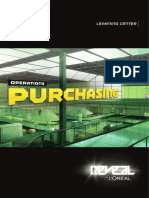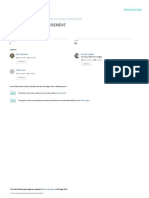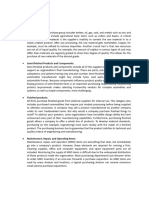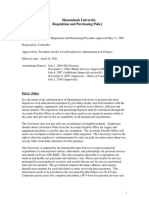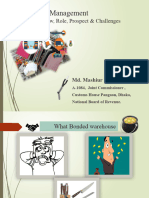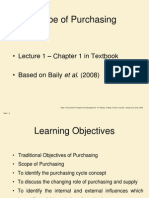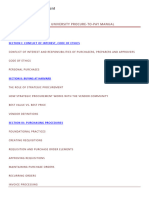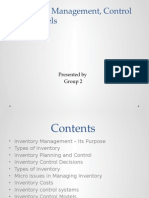100% found this document useful (1 vote)
466 views29 pagesUnit 3 - Inventory Management & Inventory Control
- Inventory management involves classifying inventory into categories like raw materials, work in progress, finished goods. It also involves multi-stage inventory systems with suppliers, production, and sales.
- Key inventory classifications and analysis methods discussed include ABC analysis which divides inventory into A, B, C categories based on value and usage, and VED, SDE, HML, and FNSD analyses which further classify inventory based on criticality, availability, cost, and movement respectively.
- Inventory incurs various costs like holding costs for storing inventory, ordering costs for placing and receiving orders, setup costs for preparing production, and obsolescence costs if inventory expires. Models like economic order quantity
Uploaded by
sanjeevraghav9411Copyright
© Attribution Non-Commercial (BY-NC)
We take content rights seriously. If you suspect this is your content, claim it here.
Available Formats
Download as PPT, PDF, TXT or read online on Scribd
100% found this document useful (1 vote)
466 views29 pagesUnit 3 - Inventory Management & Inventory Control
- Inventory management involves classifying inventory into categories like raw materials, work in progress, finished goods. It also involves multi-stage inventory systems with suppliers, production, and sales.
- Key inventory classifications and analysis methods discussed include ABC analysis which divides inventory into A, B, C categories based on value and usage, and VED, SDE, HML, and FNSD analyses which further classify inventory based on criticality, availability, cost, and movement respectively.
- Inventory incurs various costs like holding costs for storing inventory, ordering costs for placing and receiving orders, setup costs for preparing production, and obsolescence costs if inventory expires. Models like economic order quantity
Uploaded by
sanjeevraghav9411Copyright
© Attribution Non-Commercial (BY-NC)
We take content rights seriously. If you suspect this is your content, claim it here.
Available Formats
Download as PPT, PDF, TXT or read online on Scribd
/ 29














